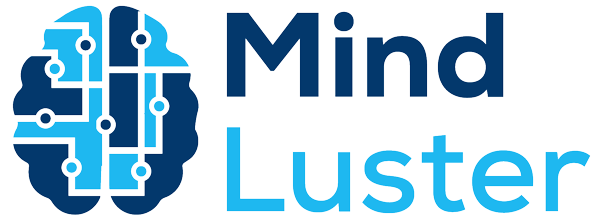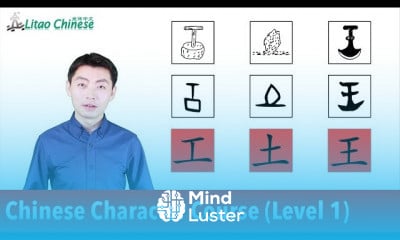GERMANIC GERMAN SWISS GERMAN LUZERN
Share your inquiries now with community members
Click Here
Sign up Now
Lesson extensions
Lessons List | 722
Lesson
Show More
Lessons
Comments
Related Courses in Languages
Course Description
Indo-European Languages Course: Embark on a fascinating linguistic exploration of the vast Indo-European language family. Dive into the origins, grammar, and vocabulary of major languages like English, Spanish, French, German, and Hindi. Trace the historical connections and shared linguistic features across diverse branches. From the ancient roots of Sanskrit to the modern complexities of Romance and Germanic languages, uncover the rich tapestry of human expression. Suitable for language enthusiasts and cultural explorers, this course illuminates the interconnectedness of Indo-European languages, fostering a deeper understanding of global communication and cultural heritage. Expand your linguistic repertoire and embrace the diversity of this influential language family. ILoveLanguages!
Trends
Electrical engineering for engineer
Artificial intelligence essentials
Cybersecurity
Advanced Logo design methods
MicroCADD Application for Architecture
ChatGPT 101 for teachers
Hormones effects in milk on Infertility
ArrayLists in C for beginners
Build a profitable trading
MS PowerPoint Acquérir les fondamentaux
Web Design for Beginners
Comparison of equity and preference shares
PowerPoint basics for beginners
Diagnostic tests
Advanced Practical Reinforcement Learning
API development using PHP in android
MS Excel
Certified in CyberSecurity
Reinforcement Learning with PyTorch
Human Resources Management
Recent
Bioinformatics basics
Bioinformatics databases
Vitamin A to Z tablets
Best zoology books
Best cream for piles pain
Laser surgery for piles
Best cream for piles
Anal fissure treatment
Best antibiotics for diseases
Antibodies structure
Macrophage structure
Drosophila genetics
Diagnostic tests
Bioinformatics
Genetics
Gene therapy
Kidney structure
DNA replication and types
Bacterial cell structure
Parasite structure

















